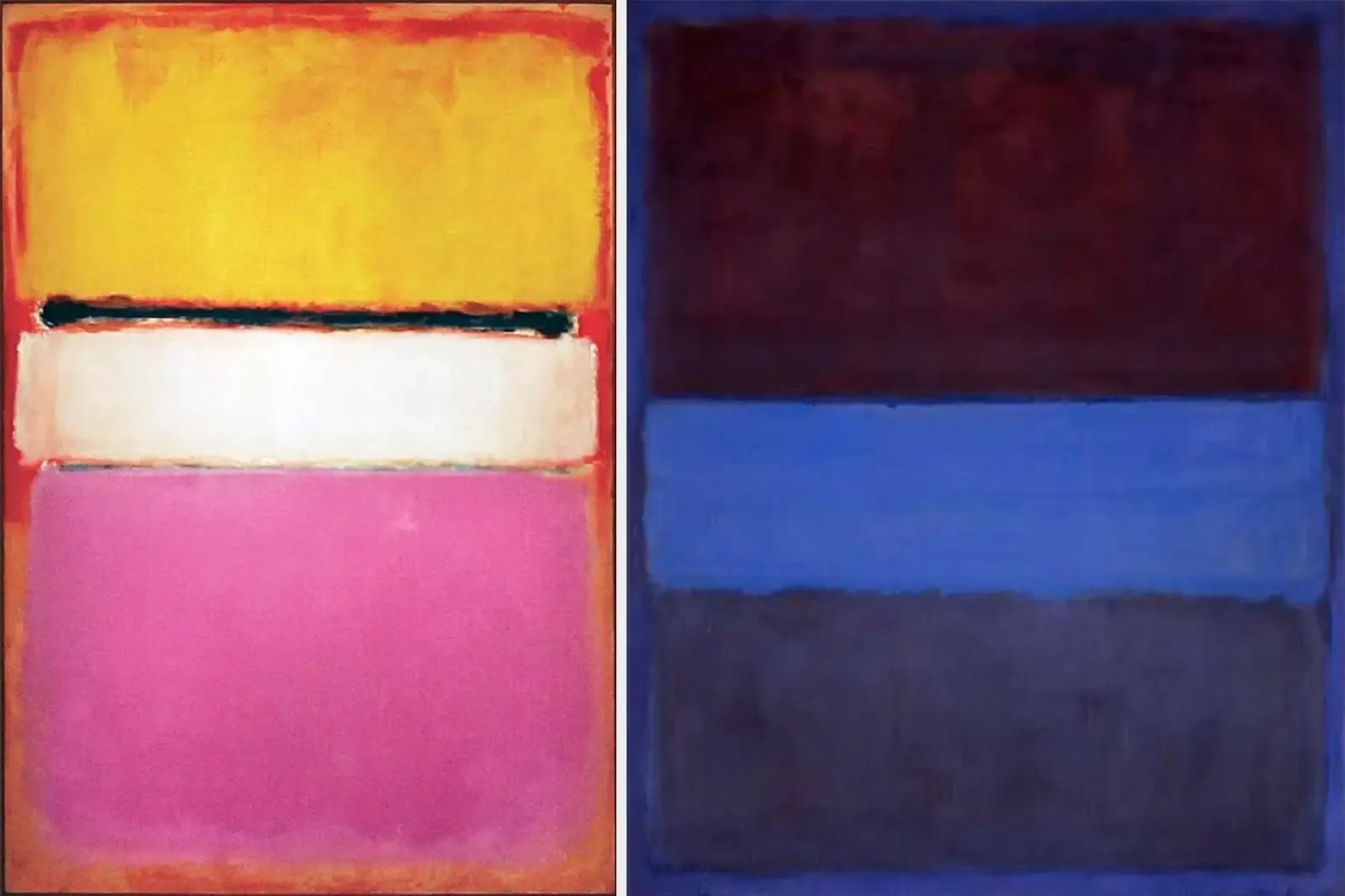Famous Hispanic Artists and Their Contributions to Art History
The works of Hispanic artists have fundamentally influenced art history while establishing a remarkable legacy that motivates and tests modern artistic practices. These artists who draw from indigenous, African, and European cultural roots utilize their artwork for expressing identity and resisting oppression while telling their stories. Hispanic artists provide more than visual appeal since their work embodies historical conflicts and personal identification along with societal change. Hispanic artists use large-scale murals, surreal dreamscapes, and conceptual installations to challenge artistic limits while simultaneously preserving and transforming their cultural heritage.
Diego Rivera (1886–1957)
Diego Rivera remains one of Mexico’s most distinguished artists through his foundational role in developing muralism. The large-scale frescoes painted by Diego Rivera which illustrated social and political themes decorated public buildings and narrated Mexico's historical events and working-class struggles. Man at the Crossroads and The History of Mexico stand as Rivera's most influential contributions to modern muralism. Rivera established a model for socially engaged art through his dedication to making his artwork accessible to the general public.
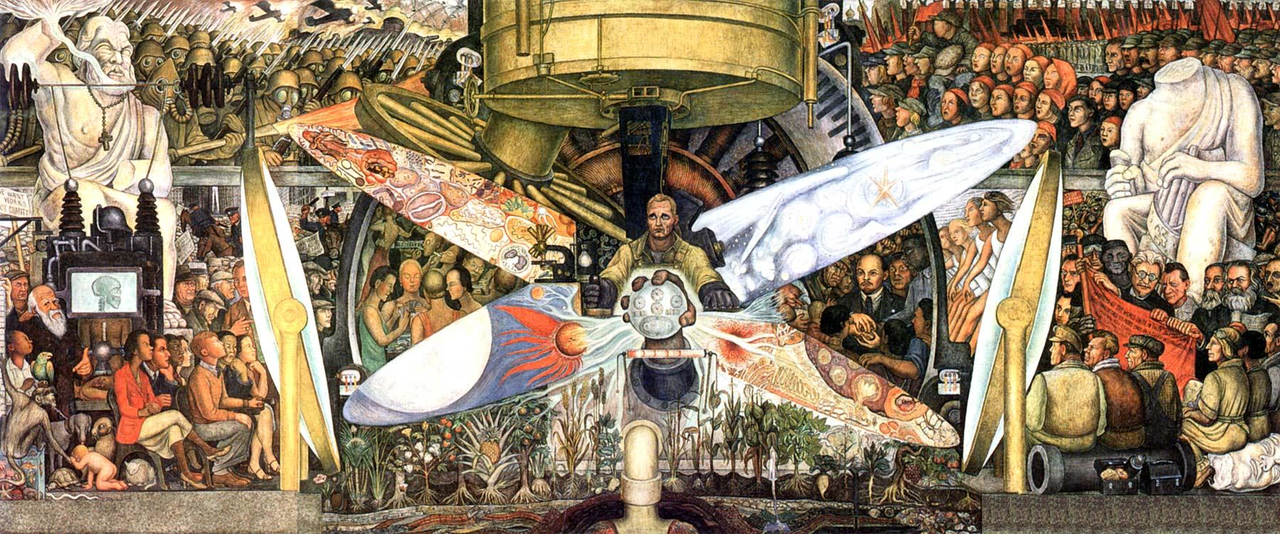
Frida Kahlo (1907–1954)
Frida Kahlo earned recognition for her self-portraits which explored identity and pain while demonstrating resilience. Mexican folk art and surrealism served as key influences for her paintings The Two Fridas and Self-Portrait with Thorn Necklace and Hummingbird which stand as iconic examples of feminist and indigenous artistic expression. Frida Kahlo became a universally cherished artist through her skill in turning her personal pain into beautiful visual masterpieces.
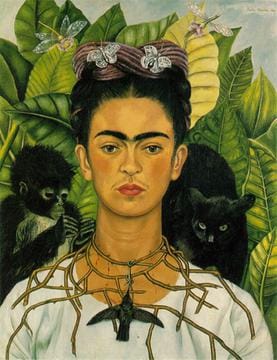
Pablo Picasso (1881–1973)
Pablo Picasso's profound impact on modern art showcases Cuban and Hispanic influences despite his primary association with Spanish art. Through his co-founding of the Cubist movement Pablo Picasso transformed the understanding of form and space in masterpieces like Les Demoiselles d’Avignon and Guernica which served as a powerful anti-war statement about the Spanish Civil War. The fact that Picasso repeatedly reinvented himself through various artistic styles like surrealism and neoclassicism established his status as a preeminent artist of the 20th century.

Joan Miró (1893–1983)
Joan Miró from Spain made major contributions to surrealism and abstract art through his work as a painter and sculptor while also producing ceramics. The dreamlike quality and playful nature of Miró's work in pieces like The Harlequin’s Carnival and Blue II challenged conventional painting methods while fostering novel creative approaches that embraced spontaneity. Through his dynamic use of color and creative shapes Miró established a foundation for abstract expressionists and generated influence among generations of artists who wanted to escape traditional artistic boundaries.

Salvador Dalí (1904–1989)
Through his imaginative and eccentric art Salvador Dalí established himself as a surrealist pioneer who expanded artistic boundaries. The Persistence of Memory with its melting clocks became a canvas for Dalí to delve into subconscious realms which shaped both surrealist standards and modern art. Dalí's work in film and sculpture and his contributions to fashion showcased his innovative creativity that transformed imaginative concepts into tangible realities.
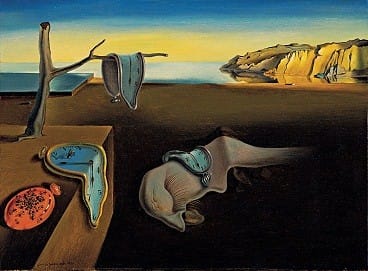
Francisco Goya (1746–1828)
As Spain’s foremost painter Francisco Goya he seamlessly connected the artistic principles of classicism to those of modernity. Through his series The Black Paintings and his politically charged masterpiece The Third of May 1808, Francisco Goya established unprecedented emotional depth and social criticism standards in painting. Through his bold exploration of war and human suffering Francisco Goya became a forerunner to artistic movements that emphasize both political discourse and intense emotional expression.

Fernando Botero (b. 1932)
Fernando Botero from Colombia has become famous for his artistic style called “Boterismo” which features exaggerated volume in his representations. Through his artworks like The Death of Pablo Escobar Botero uses social and political satire to create powerful commentaries on Latin American culture and history. The global recognition of Botero's work stems from his unique ability to merge humorous elements with critical commentary.
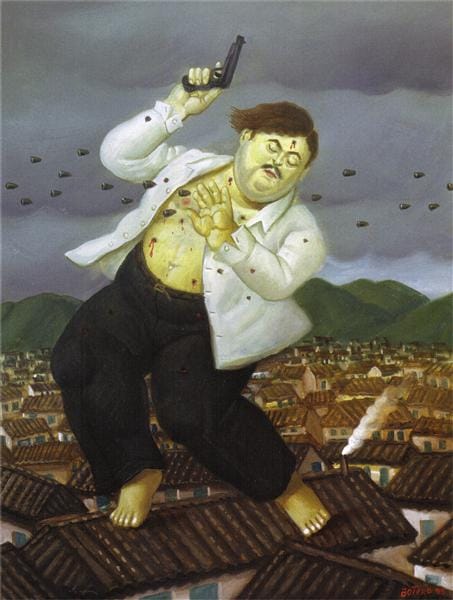
Oscar Murillo (b. 1986)
Oscar Murillo stands out as a Colombian contemporary artist whose body of work encompasses expressive paintings alongside immersive installations and performances. Oscar Murillo uses unconventional materials and techniques to explore globalization and migration themes while investigating cultural identity. Major institutions around the world have showcased Murillo's work which has solidified his status in modern conceptual art. Through his interdisciplinary approach and examination of displacement themes he captures the fluid characteristics of modern Hispanic art.

Hispanic artists have made significant contributions to worldwide art through innovative designs and compelling social messages embedded in their cultural storytelling. These pieces function as more than just visually appealing works because they document history while expressing emotions and urging viewers to take action. The monumental murals created by Rivera and Orozco alongside the surreal visions produced by Dalí and Miró as well as the socially impactful sculptures of Botero and Murillo's conceptual installations have established lasting legacies that still influence modern audiences. Through their work we recognize how art breaks through boundaries to tell the essential tales of human existence.


